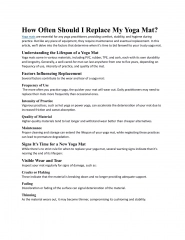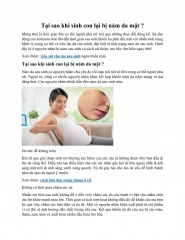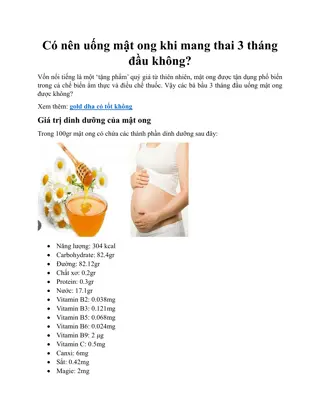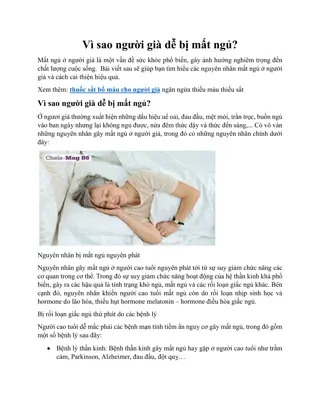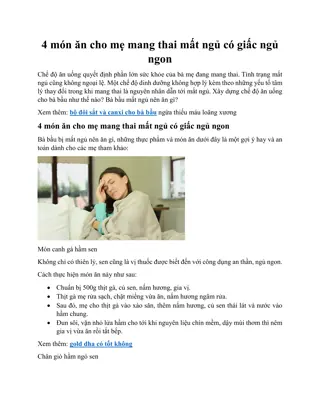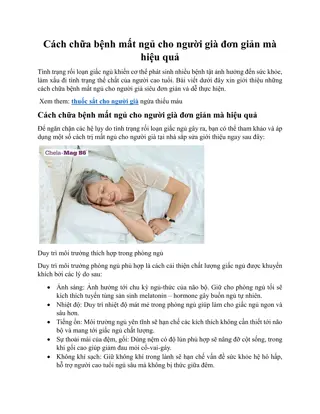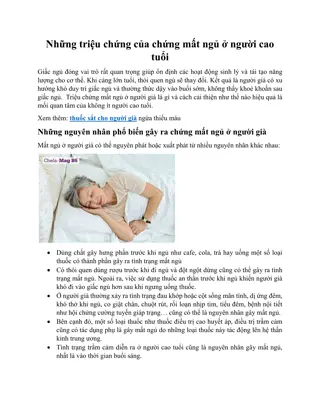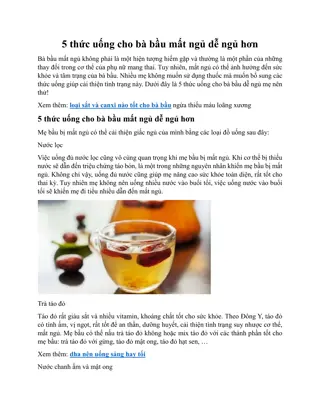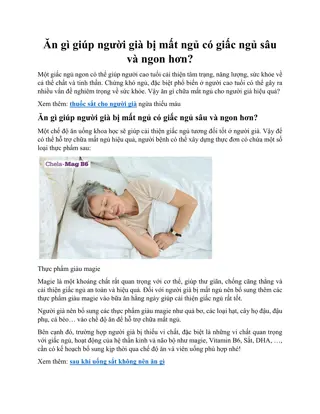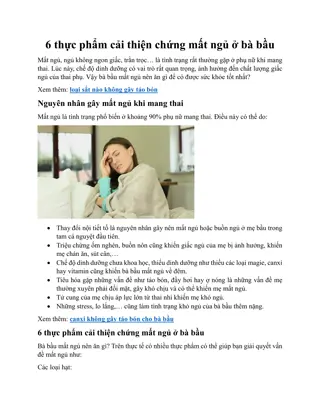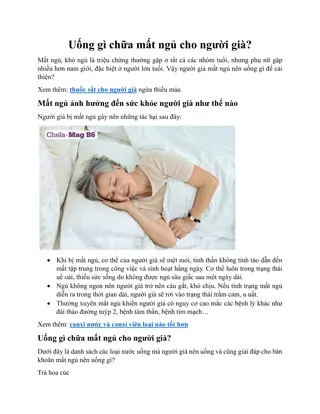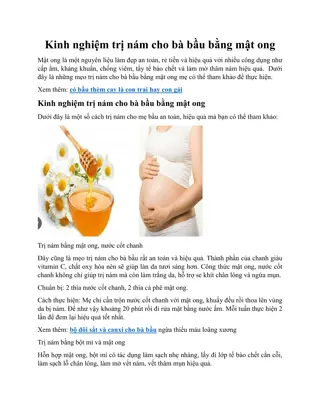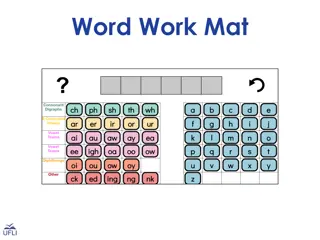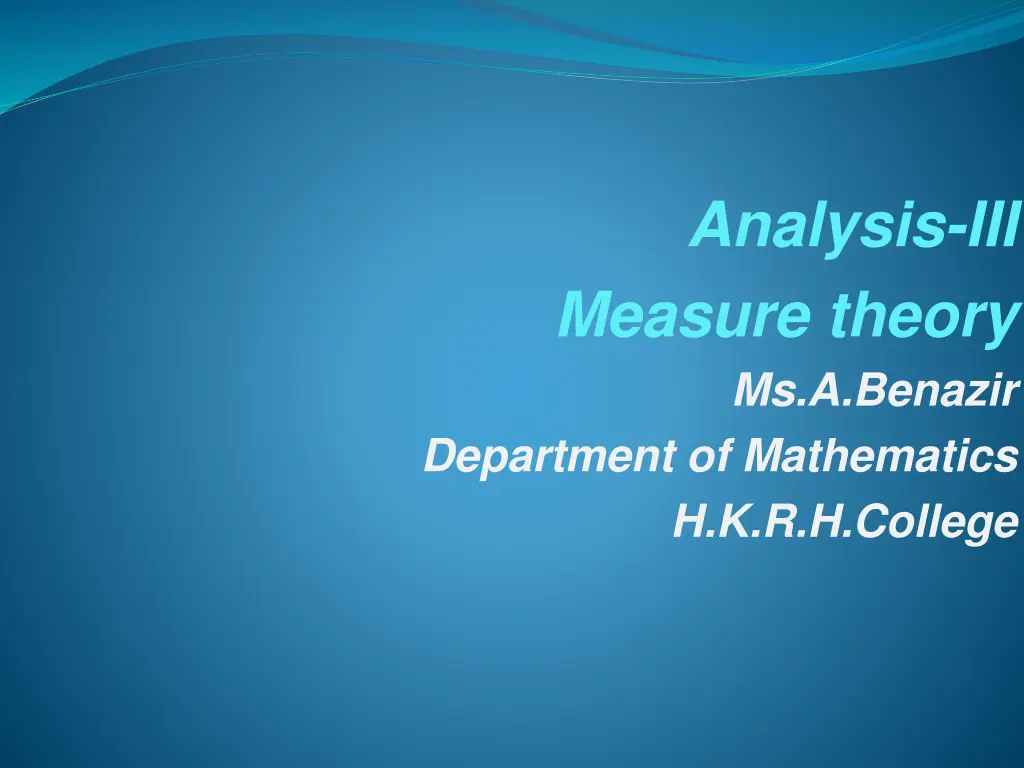
Understanding Lebesgue Measure Theory in Mathematics
Explore the concept of Lebesgue outer measure, measurable sets, M-Algebra, F-type sets, G-type sets, and more in Analysis-III Measure Theory. Learn definitions, theorems, lemmas, and examples illustrating different concepts in this mathematical domain.
Download Presentation

Please find below an Image/Link to download the presentation.
The content on the website is provided AS IS for your information and personal use only. It may not be sold, licensed, or shared on other websites without obtaining consent from the author. If you encounter any issues during the download, it is possible that the publisher has removed the file from their server.
You are allowed to download the files provided on this website for personal or commercial use, subject to the condition that they are used lawfully. All files are the property of their respective owners.
The content on the website is provided AS IS for your information and personal use only. It may not be sold, licensed, or shared on other websites without obtaining consent from the author.
E N D
Presentation Transcript
Analysis-III Measure theory Ms.A.Benazir Department of Mathematics H.K.R.H.College
LEBESGUE OUTER MEASURE: DEFINITION: The Lebesgue outer measure or more briefly the outer measure, of a set is given by m*(A) = inf l(In), Where the infimum is taken over all finite or countable collections of intervals [In] such that A In For notational convenience we need only deal with countable coverings of A, The finite case is included. Since, we may take In = except for a finite number of integers n.
THEOREM: i. m*(A) 0 ii. m*( ) = 0 iii. m*(A) m*(B) if iv. m*([x]) = 0 for every x A B The outer measure of an interval is its length. Let {An} be a countable collection of sets of real numbers, then m*( UAn) m*An. MEASURABLE: A set E is said to be measurable if for each set. We have , m*A = m*(A E) + m*(A )
LEMMA: If E1 and E2 are measurable. So is E1 U E2. Measurable sets: The set E is measurable(lebesgue), if for each set A, We have, m*(A) = m*(A E) + m*(A E ) -Algebra: A class of subset of an arbitrary space X is said to be M-Algebra, if X belongs to the class and the class is closed centre in the formation of the countable union of complement. (In case, if we consider for finite unions, we obtain an algebra) Note: We denote , the class of Lebesgue measurable sets.
Theorem: The class is a -Algebra. Every Interval is Measurable . Let A be class of subset of a X. Then there exist a smallest -Algebra containing A, we say that is the -Algebra generated by A. F -Set: A set is called F type if it can be expressed as a countable as a countable (maybe finite or infinite) Union of closed sets. Thus if E = =1 i { } Fi Where each Fi is a closed set. Then E is of F type.
G-Type: A set is called G -type if it can be expressed as a countable intersection of open set. Then if E = =1 i { } Gi Where each Gi is an open set. Then E is of G -type. Example: For any set A, there exist a measurable set E A and such that m*(A) = m*(E). [Lebesgue measurable set of E]. Note: lim inf Ei lim sup Ei, if it is equal then this set is denoted by lim Ei.
Result: If E1 E2 .. En ..(monotonically increasing),then lim Ei = and E1 E2 . En (monotonically decreasing), then lim Ei = Example: There exist countable sets of measure zero. Regularity: A non-negative countable additive set satisfy the condition i. > 0, there exist 0 an open set E. 0 E such that m*(0-E) . ii. There exist a G -set G E such that m*(G-E) = 0 iii. > 0, there exist F, a closed set F E such that m*(E-F) . iv. There exist F -set F E such that (E-F)=0 is said to be Regular Measure. =1 i Ei =1 i Ei
Theorem: If m*(E) < , then E is measurable, if > 0, there exist disjoint finite intervals I1,I2, .In such that m*(E We may stimulate that the intervals Ii be open, closed or half open. Measurable Functions: Let f be an extended real valued function define on a measurable set E. Then f is a measurable function is from each . The set [x:f(x) > ] is measurable. Indicator functions: The characteristic function A of the set A is defined as A(x) = if x A if x A but x E-A a subset of measurable set E. n ) < . i = Ii 1 1 0
The characterstic function of A of the set A is measurable if and only if A is measurable. Theorem: Let C be any real number and f and g be real value measurable function defined on the same measurable set E. Then f+c, cf, f+g, f-g and fg are also measurable. Definition: The function f is Borel measurable or a Borel measurable Function if [x : f(x) > ] is a Borel set. If a property holds except on a set of measure zero. We say that it holds atmost everywhere usually abbreviated Atmost everywhere .

